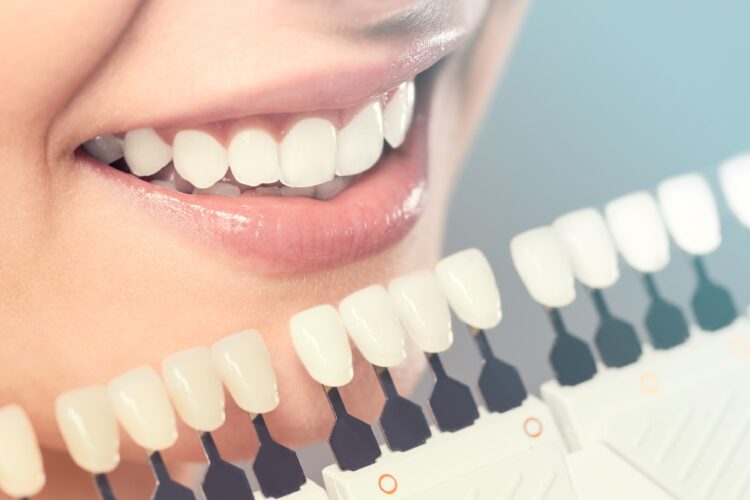Dental operations performed on children and adults are largely comparable, with a few minor differences. Since their teeth are still growing, children require more regular dental visits. A pediatric dentist should be keeping an eye on their growth to make sure everything is proceeding as planned. The most popular children’s dental treatments performed by pediatric dentist in Fairland, MD, will be covered in this article.
- Dental Cleaning
No matter how old or young the patient is, professional dental cleanings are crucial to their long-term oral health! Children should go to the dentist for a comprehensive cleaning and examination at least once every six months, just like their parents do. Ultimately, even though they are smaller than adult teeth, baby teeth still need to be taken care of.
- Fluoride Treatment
An integral component of contemporary dentistry is fluoride. Cavities arise from a weakening of the mineral composition of dental enamel. Fluoride strengthens the enamel and keeps teeth from decaying by restoring regions that have become decalcified. We always advise selecting toothpaste with fluoride because of this
- Fillings
Dental fillings are restorative treatments used to fix teeth that have decay or cavities. Pediatric dentists extract the tooth’s decaying section and use the appropriate dental material to fill the tooth cavity. Pediatric dentistry frequently uses tooth-colored, aesthetically attractive composite resin fillings.
4. Crowns for teeth
For dental damage, fillings are not the only option. Another typical restorative dental treatment for children is dental crowns. They handle serious conditions such as deep cavities, infections, and damage from accidents, or a dental crown restores your child’s ability to chew without pain while blending perfectly with natural teeth.
- Pulpotomy
The goal of a pulpotomy is to remove the diseased pulp while leaving the good pulp in place. Primary teeth that have extensive decay that has reached the nerve are affected. The residual pulp is then protected and recovery is encouraged by the insertion of a medicated filling by the dentist.
- Extraction
Teeth extractions are another frequent pediatric dentistry practice. Unexpected as it may seem, a lot of kids need extractions while they’re young. A pediatric dentist may suggest extraction of a tooth if it becomes very infected or if there is insufficient space in the mouth for it. Although extractions might be frightening for kids, pediatric dentists have plenty of expertise in doing this kind of work on young patients.
Dental operations for children often don’t hurt. Dentists take precautions to reduce patient pain. The region is made numb with a local anesthetic for a particular procedure, such as dental fillings or extractions. It guarantees the infant won’t experience any discomfort while it’s happening.

